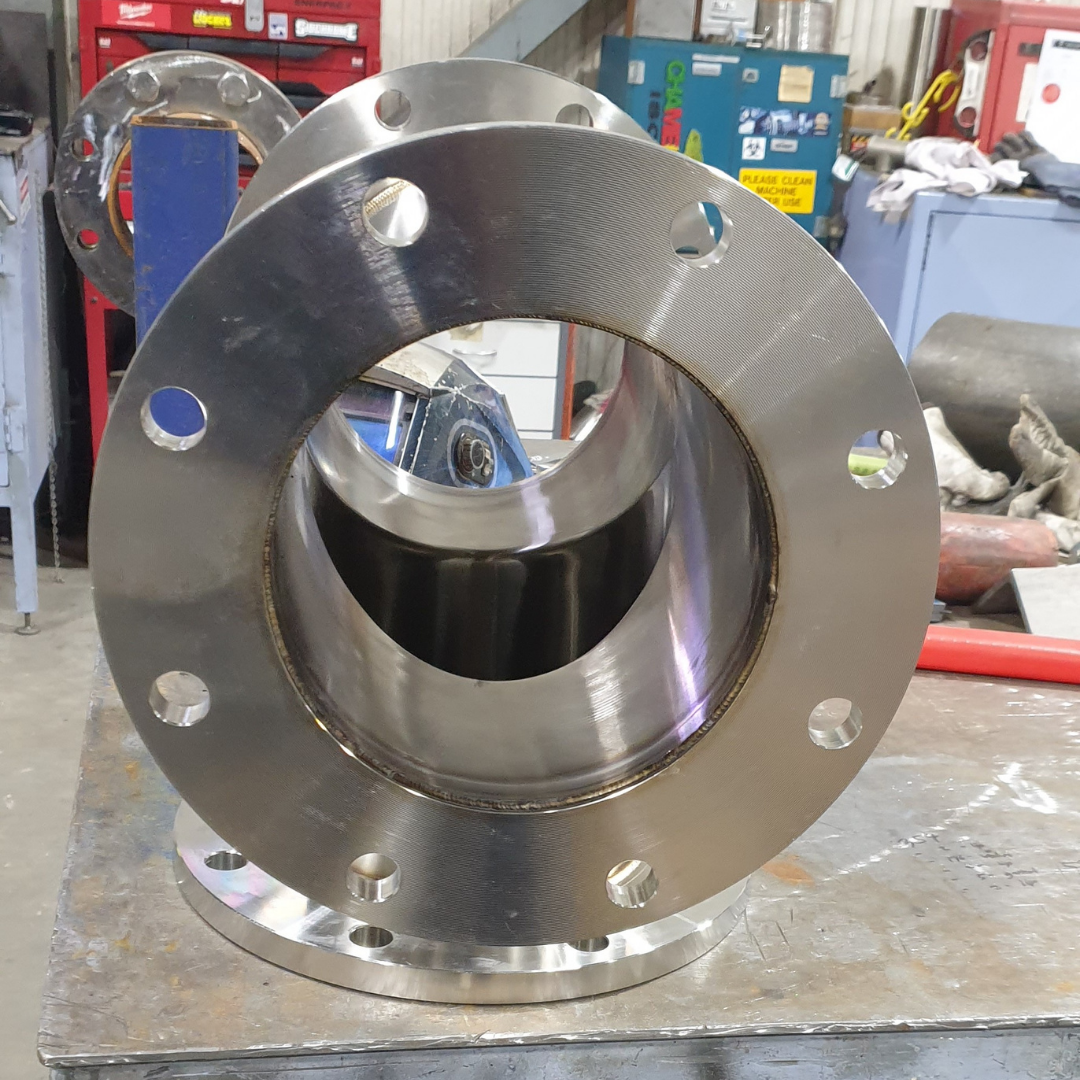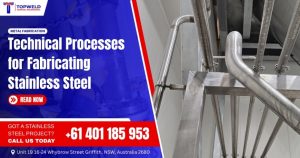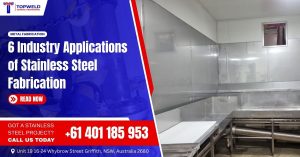Aluminium vs Stainless Steel: Choose the Right metal for your fabrication project
At Topweld General Engineering, we know that choosing the right material is crucial to the success of any fabrication project. Two metals that are often used for their remarkable properties are stainless steel and aluminium. Both are versatile, strong, and resistant to corrosion, and both are standard offerings across many industries, ranging from construction and manufacturing to energy and even household stuff.
Whereas a general glance may indicate similarity with their usual silver-gray color, the inherent characteristics of aluminium and stainless steel are quite different. Hence, in initiating a fabrication project, gaining in depth knowledge of what each metal has to offer is imperative in making an effective choice. let’s proceed into the major considerations while comparing these two workhorses of the world of metal fabrication.
Understanding the Basics: Aluminum
Naturally occurring metallic element aluminium is very prevalent in the environment. Purer aluminium, a non-ferrous metal that is soft and very malleable, is obtained mainly from the ore bauxite. It’s usually alloyed with silicon, zinc, magnesium, copper, or manganese to release its potential for many uses. It gets stronger and other desired properties necessary for fabrication through this alloying. One of the most impressive characteristics of aluminium is its high malleability, making it possible for our experienced fabricators and designers to produce detailed and complex shapes.
Learning the fundamentals: Stainless Steel
Stainless steels are a heterogeneous group of steel alloy known for their corrosion resistance. This describe feature is developed by incorporating at least 10.5% chromium in iron, combined with a trace amount of carbon. As steel itself is an alloy of carbon and iron, the addition of chromium is what distinguishes stainless steel, offering its eponymous resistance to corrosion and rust. Beyond this intrinsic protection, the mechanical properties of stainless steel may be further customized by adding other elements like nickel, silicon, molybdenum, titanium, niobium, and manganese. The exact combination of these factors in any given grade of stainless steel is determined by the performance needs of its application, whether improved corrosion resistance, survivability under severe temperatures, greater strength, better weldability, or enhance formability.

Major factors to Consider
Strength
Aluminum is a better conductor of electricity and heat than stainless steel. If conductivity becomes an essential consideration for your project, aluminum is usually the preferable option. With high electrical conductivity and corrosion resistance, along with light weight, it is well suited for power transmission lines. Being a thermal conductor, aluminum finds numerous applications in heat sinks for products that need instant cooling, including radiators, LED light fixtures, electronics, and air conditioning units.
Electrical and Thermal Conductivity
Stainless steel tends to be denser, heavier, and have higher inherent strength than aluminium. That being said, aluminium excels when it comes to strength-to-weight ratio. In spite of weighing around one-third that of steel, aluminium can provide similar or even greater strength-to-mass. This property makes it very valuable in such fields as automotive and aviation, where weight savings equate to better fuel efficiency and greater payload. On the other hand, sheer load-bearing capacity from stainless steel very frequently makes it the material of choice for structural members and architectural elements in cases where absolute load-carry capacity is the priority.
Thermal Characteristics
Stainless steel offers superior high-temperature resistance. Whereas aluminum may start to weaken and soften at temperatures in excess of 200°C (about 392°F), stainless steel can consistently operate at temperatures well over 400°C (about 752°F). Because of this, stainless steel is the material of choice for applications involving high heat.
WEldability
Should welding be a part of your fabrication process, stainless steel tends to be easier to work with than aluminum. Aluminum’s thermal conductivity and comparative lower melting point make it harder to weld efficiently. Problems such as hot cracking during cooling are also a well-known issue with aluminum. Stainless steel, on the other hand, has a tensile strength frequently two to three times that of aluminum, and well-done welds can be as strong or even stronger than the materials being welded together.
Cost
The prices of aluminum and steel in the market fluctuate with respect to several economic factors such as supply and demand, fuel, and availability of raw materials such as iron and bauxite ore. The higher cost of raw materials for aluminum manufacturing tends to reflect in a higher price, often in the range of 20-30% or more than stainless steel. But it’s also important to keep in mind that aluminum’s strength-to-weight ratio could also translate to less material required in order to obtain the level of structural integrity desired, possibly counteracting part of the cost difference up front.
Indivudual industries
While aluminum foil may have a less than stellar reputation in food applications, food-grade aluminum items certainly exist and are safe for use in kitchens. But the more porous texture of aluminum and the fact that it scratches or dents more easily can complicate cleaning. Culinary professionals and food service operations commonly prefer stainless steel because of its superior strength and durability. Its non-porous finish is perfectly suited to uses needing strict sanitary conditions, such as knives, cookware, and kitchen equipment, since it repels the intrusion of germs and bacteria.
Choose the Right material for your project
Choosing between aluminum and stainless steel for your fabrication work is an important consideration. At Topweld General Engineering, we make it our mission to equip our clients with the information necessary to make the most suitable material choice for their particular application. Ultimately, the best choice between aluminum and stainless steel depends solely on the intended properties necessary to achieve the success and lifespan of your product. We invite you to consult with our seasoned fabricators about the particular requirements of your application.
Ready to discuss your next fabrication project? Contact Topweld General Engineering today to determine the best material for your specific application!




